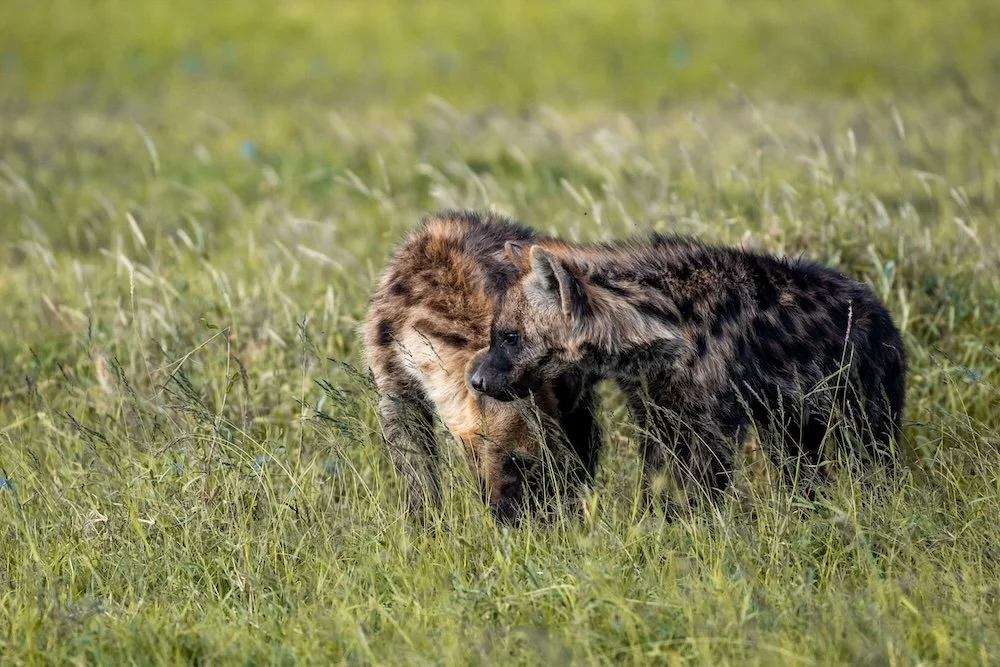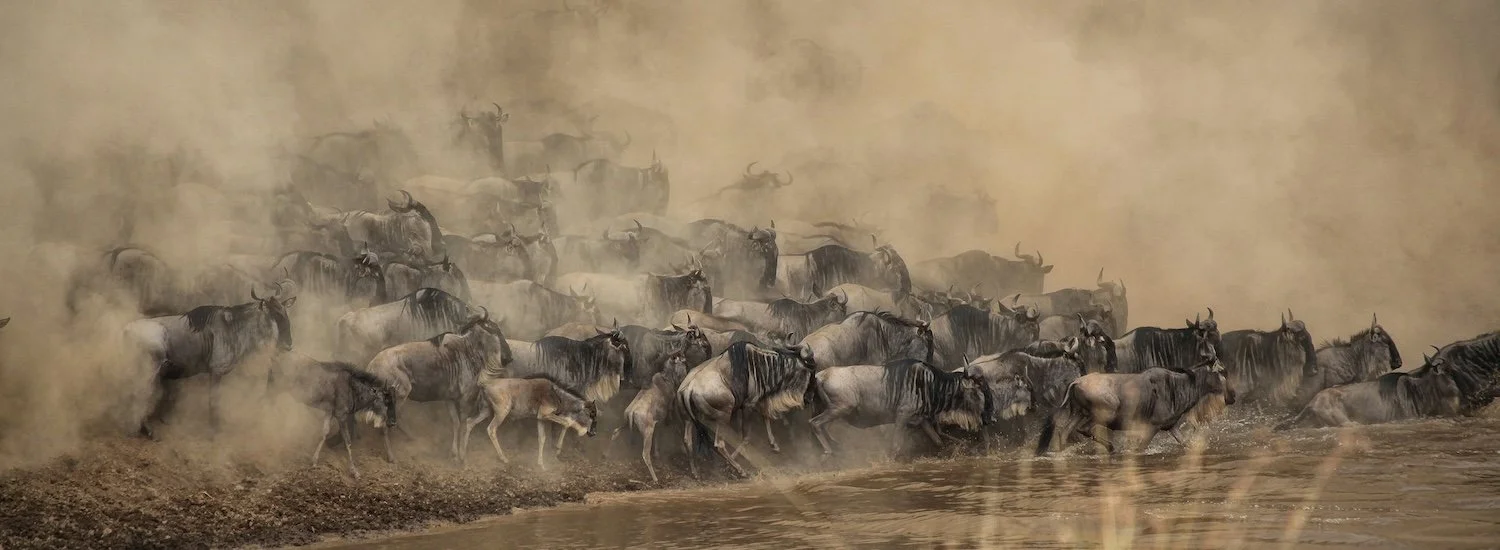Kenya: When to Go & What to Expect
You’re excited to pack your binoculars, lock the front door behind you and head off to Kenya to meet the country’s iconic wildlife, experience it’s beautiful and warm culture and take in the epic scenery. But, when’s best to embark on this adventure? We’re here to share all we know about Kenya; when to go and what expect, right from the horse’s mouth… or the zebra’s mouth shall we say.
JANUARY – MARCH
Early January sees the tail end of the busy festive season and so prices stay high and crowds linger but start to disperse around mid-January. This also marks the start of low or mid-season in Kenya so you can expect lower prices and fewer crowds. It’s often dry and hot at this time of year too across the country, so wildlife viewing is excellent as animals tend to congregate around water sources. Ahead of the April rains, February and March often welcome lots of little ones from plains game such as zebra, wildebeest and gazelles and this, in turn, can cause an uptick in predator activities.
Golden light: March on Ol Pejeta
APRIL – MAY
Historically known as “the long rains,” April, May in Kenya is still considered a red flag, but global weather patterns are shifting, and this rule does not hold as firmly as it did ten years ago. Rains do arrive in April most years, but dryer weather has largely returned by mid-May. Even so, a lot of camps continue to close over this time for maintenance and some, more remote locations, struggle to provide reliable access in April and May. So, whilst your options might be limited camps that do remain open over this period often provide excellent discounted rates, The Safari Cottages included. This also means fewer crowds, cooler temperatures and enjoying vast tracks of wilderness to yourself.
If you’re traveling to the coast, the Kusi trade winds cause bigger swells, so Kenya in April and May is a great time for windsurfers and sailings but not ideal for snorkelling and diving. This is also a cooler time of year on the coast due to wind and rainfall, which is otherwise up to over 34 degrees Celsius in the day and the cooler temperatures can be a relief for some, but frustrating for those seeking heat and all day sunshine.
Hyena pups on Ol Pejeta
Kite surfing in Diani
JUNE
Following the rains the landscape is often lush and green, and youngsters have a little prance in their step. June is largely considered shoulder season as camps reopen and tourist numbers begin to increase. It’s still very quiet on Ol Pejeta so an ideal time to plan your Kenya safari holiday if you’re looking for less crowds, lots of lovely greenery and lower prices. If you’re planning a beach extension in June however, it’s worth noting that coastal beaches, especially in the North, are often affected by seaweed well into June which washes up onto the beaches and rainfall can liger longer here too. The seaweed is harmless but does affect the appearance of Kenya’s otherwise postcard perfect white sand beaches.
JULY – OCTOBER
July marks the start of the great migration in the Masai Mara, where millions of wildebeest congregate on the plains and photographers flock to the Mara to witness the famous river crossings. Due to the popularity of this event, combined with Summer holidays abroad, this is a busy and expensive time of year to travel but for those eager to witness the migration it’s the best time. When considering when to go to Kenya it’s important to know that, historically, this was a predictably dry time of year but these days you can expect the odd afternoon shower or thunderstorm to add to the drama.
The famous Mara river crossings
NOVEMBER
November until mid-December is considered the “short rains.” You can expect afternoon showers and the odd cloudy day but properties largely remain open and afternoon showers make for dramatic images so photographers tend to enjoy traveling at this time too. Some areas or activities become restricted however due to access in the rains and tourist numbers in bigger wildlife parks and in Ol Pejeta Conservancy and the surrounding Laikipia area start to quieten down as the herds move back into the neighbouring Serengeti. On the coast, early December marks the turning of the winds and brings about higher temperatures and humidity.
DECEMBER
Whilst the first half of December is much the same as November across the country, mid-December marks the start of the festive season. This is the busiest and most expensive time to travel to Kenya but also the most rewarding to see the festivities in action (especially on the coast) – Kenyans love a good party. Wildlife is usually thriving after the short rains and the weather is largely drying up making for glorious sunny skies.
On safari with The Safari Cottages in Ol Pejeta
A NOTE ON RAINFALL IN KENYA
When considering when to go to Kenya it’s important to bear in mind that rainfall is not as predictable as it once was and seasons are not as clear cut as they used to be. We always say; travel for the wildlife not the weather and you won’t be disappointed because wildlife in Kenya and certainly in Ol Pejeta is excellent year-round!
WONDERING HOW TO ROUTE YOUR ITINERARY? READ THIS BLOG ABOUT CHOOSING THE BEST ROUTE FOR YOUR KENYA SAFARI.
That’s a wrap on our Kenya when to go guide and we hope it gives you a little more clarity when you’re planning and booking your Kenya safari holiday.

















Crisp mornings, unique photographic opportunities, the drama of an African rainstorm; Google may say that an April Kenya safari is a no-go but here’s why you why should ignore Google and do it anyway.